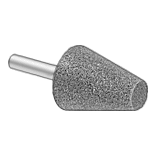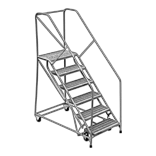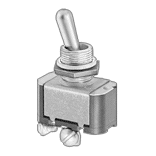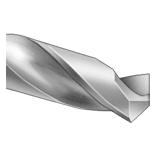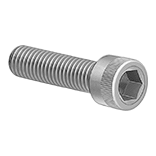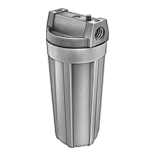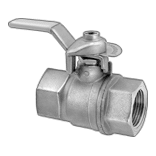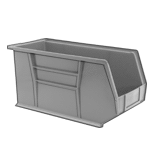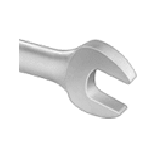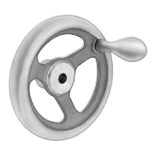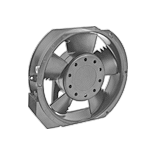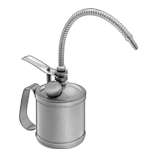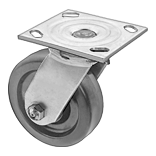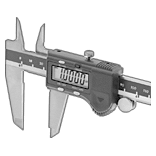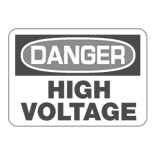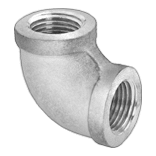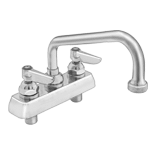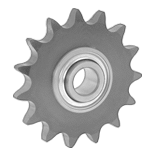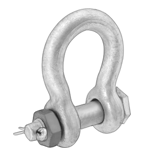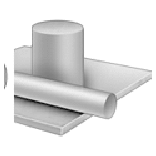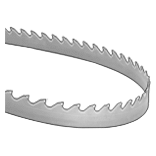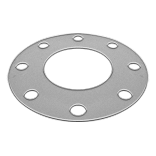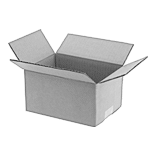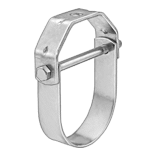About Paint and Protective Coatings
More
Low-Outgassing Heat-Transfer Epoxy Potting Compounds

Tested to meet ASTM E595, a standard used by NASA, these potting compounds release almost no volatile emissions that could damage sensitive electronics, even in a vacuum. Use them to draw heat away from your components—they conduct heat better than standard potting compounds. Made of epoxy, they’re the strongest of the potting compounds, so they’re rigid and wear resistant. They’ll also resist breaking down from chemicals and moisture. These compounds are excellent at insulating current, and they’ll shield against dust, vibration, and shock.
To apply, mix the two parts together and pour them over components inside a container, such as a potting box.
Dry Time | ||||||||||||
|---|---|---|---|---|---|---|---|---|---|---|---|---|
| Container Size, fl. oz. | Consistency | Touch | Overall | Dielectric Strength, V/mil | Thermal Conductivity, W/m-K | Temp. Range, °F | Heating Requirements to Reach Full Strength | Specifications Met | For Use On | Color | Each | |
Pail and Can Compounds—Extra Hard | ||||||||||||
| 32 | Thick Liquid | 45 min. | 24 hrs. | 365 | 1.25 | -40° to 265° | __ | ASTM E595 | Aluminum, Brass, Bronze, Copper, Steel, Stainless Steel, Plastic | Black | 0000000 | 0000000 |
| 32 | Thick Liquid | 4 hrs. | 12 hrs. | 450 | 0.55 | -65° to 310° | 12 hrs. @ 175° F | ASTM E595 | Aluminum, Brass, Bronze, Copper, Steel, Stainless Steel, Plastic | Black | 0000000 | 000000 |
Low-Outgassing Optically Clear Two-Part Silicone Potting Compounds
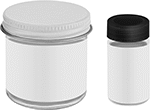
Tested to meet ASTM E595, a standard used by NASA, these compounds produce almost no volatile emissions that could damage sensitive electronics, even in a vacuum. Light passes through them easily, so they’re ideal for protecting solar cells and fiber optics. Made of silicone, these compounds are softer and more flexible than epoxy and urethane compounds. That means they’re better at protecting against shocks and vibration. They also withstand a wider range of temperatures, so you can use them with electronics that heat and cool rapidly. These compounds are excellent electrical insulators, and they’ll shield your components from moisture and dust. However, they don’t hold up well to chemicals or scrapes. They’re also known as RTV (room-temperature vulcanizing).
These compounds are easy to apply in high volumes. Just mix the two parts together and pour them over components inside a container, such as a potting box.
Dry Time | ||||||||||||
|---|---|---|---|---|---|---|---|---|---|---|---|---|
| Container Size, oz. | Consistency | Touch, hrs. | Overall, hrs. | Hardness Rating | Dielectric Strength, V/mil | Thermal Conductivity, W/m-K | Temp. Range, °F | Specifications Met | For Use On | Color | Each | |
| 4.1 | Thick Liquid | 3 | 24 | Medium Soft | 475 | 0.2 | -45° to 390° | ASTM E595 | Aluminum, Brass, Bronze, Copper, Steel, Iron, Silver, Fiberglass, Glass | Clear | 0000000 | 000000000 |
